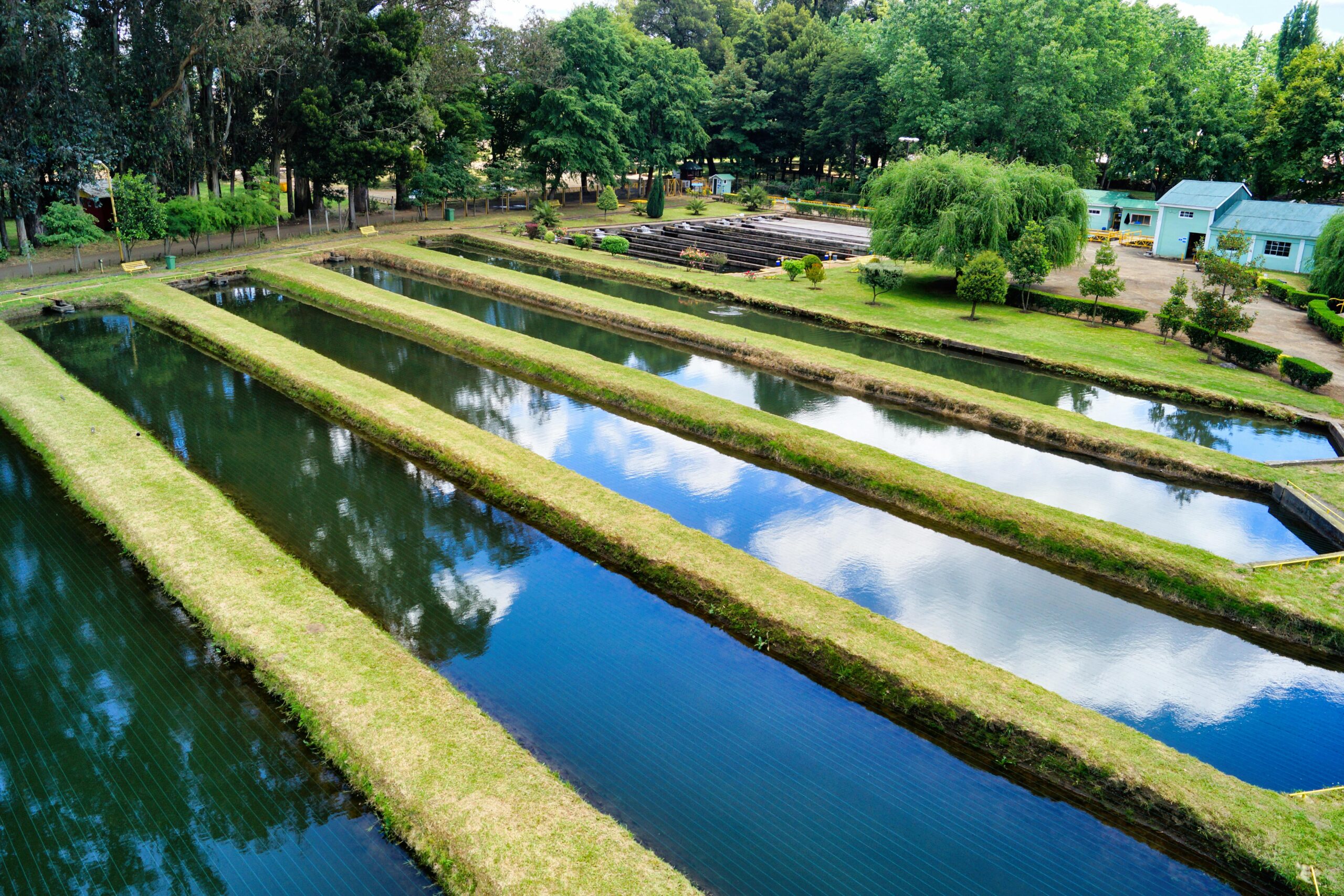Recirculating aquaculture systems (RAS) represent a revolutionary approach to fish
farming, emphasizing sustainability, efficiency, and environmental stewardship. These
systems recycle water within the fish culture system, reducing water usage and waste
discharge.
How Recirculating Aquaculture Systems Work
In RAS, water flows through a series of processes to remove waste and maintain ideal
conditions for fish growth. Essential components include mechanical filters to catch solid
waste, bio-filters to convert harmful ammonia into less toxic nitrate, and UV sterilizers to
kill pathogens. According to the Food and Agriculture Organization (FAO), RAS can reduce
water usage by up to 99% compared to traditional aquaculture methods.
Advantages of RAS
Environmental Benefits: By significantly reducing water consumption and preventing the
discharge of pollutants into natural water bodies, RAS minimizes the environmental
footprint of aquaculture.
Enhanced Biosecurity: RAS enables better control over water quality and disease
management, reducing the need for antibiotics and chemicals.
Global Applications and Success Stories
RAS technology is being adopted worldwide. In Norway, for instance, companies like
Atlantic Sapphire are using RAS to farm salmon inland, drastically cutting down the
environmental impact. In the United States, the University of Miami’s Aquaculture Program
has demonstrated that RAS can produce high-quality fish with minimal environmental
impact.
Challenges and Future Prospects
Initial Investment: Setting up RAS involves high capital costs, which can be a barrier for
small-scale farmers.
Technical Expertise: Operating RAS requires specialized knowledge in water chemistry and
system maintenance. However, advances in technology and training programs are making
RAS more accessible.
Recirculating aquaculture systems offer a promising solution to the challenges facing
traditional aquaculture. By conserving water, protecting the environment, and ensuring the
health of cultured fish, RAS holds the potential to transform industry and contribute to
global food security
